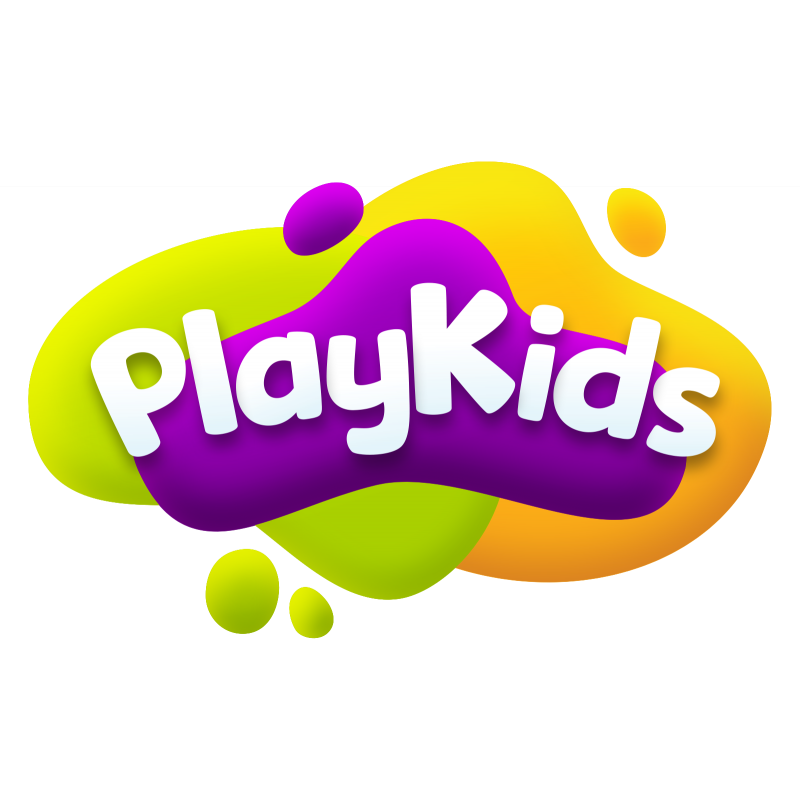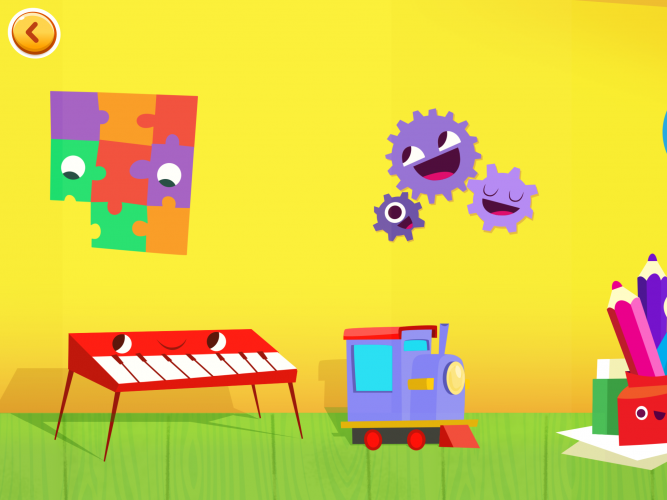
PlayKids
PlayKids is an educational content platform that helps kids develop social, motor and cognitive skills. The platform provides videos, books, songs, and games for kids to explore with.
The pedagogical analysis covers how the product supports learning of the identified skills. The student’s role is assessed by four contrary pair parameters, which are selected to cover the most essential aspects on the use of the product.
The following are the high educational quality aspects in this product.
The supported learning goals are identified by matching the product with several relevant curricula descriptions on this subject area. The soft skills are definitions of learning goals most relevant for the 21st century. They are formed by taking a reference from different definitions of 21st century skills and Finnish curriculum.




User reviews for PlayKids
You need to log in to post a review.